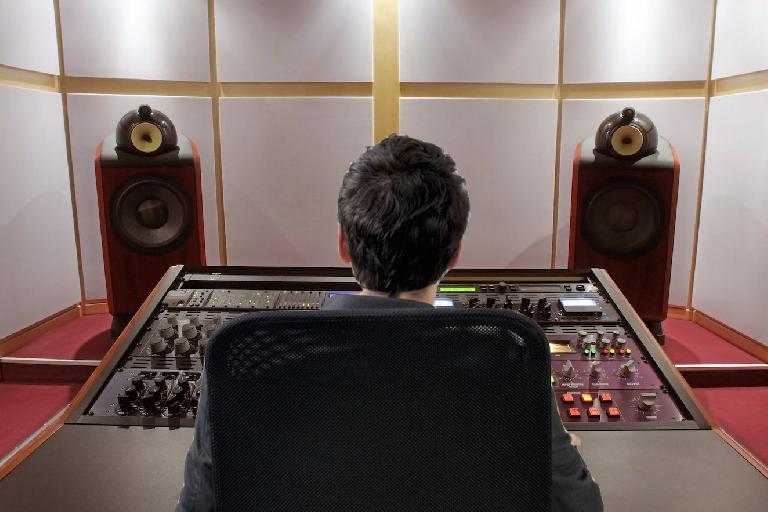贯穿设置,记录,混合和母带的整个生产过程中,有任何数量的,可以进行的问题,可以裁剪起来,或失误,可以对最终结果产生不利影响。以下是8速的建议
1. Setup: Don’t wear too many hats
很多人
2. Setup: Don’t skimp on the monitoring
你做的每一个决定整个项目是基于你听到过什么样的显示器,所以这是一个领域,真正能
3. Recording: Don’t ignore the performers’ monitor mix
正如你依赖于你听到的录音室监听器是什么,表演者依赖于他们所听到他们的耳机混音。如果依托轨道的融合,并将其与表演者之间的平衡
4. Recording: Don’t commit to processing on the way in
通常情况下,跟踪过程中,你可能会觉得你
5. Recording: Don’t “fix it in the mix”
这句话是一个古老的唱片业的笑话
6. Mixing: Don’t mix the same day as recording & editing
这可能并不总是一种选择,但只要有可能,它
7. Mixing: Don’t try to make a mix sound like a master
它可以是很好的做法
8. Mastering: Don’t master your own mixes
这给我们带来了我最后的建议
然后
Check out Joe Albano's Audio Concepts series video tutorials in The Academy HERE.






 © 2024 Ask.Audio
A NonLinear Educating Company
© 2024 Ask.Audio
A NonLinear Educating Company
Discussion
The unsexy thing is it's more complicated and takes a lot more time and knowledge than deciding how much you want to spend on a pair of shiny new near fields. However, even the best monitors available are going to give unsatisfactory results in a poorly treated space. Instead of spending $800 on a pair of high-mid end monitors, for instance, I would argue that money would be vastly better spent if you took $400 and put it into room treatment, and settled for some slightly less pricy (but still adiquate) monitors.
On a budget, DIY solutions can be 4-8x cheaper than pre-made treatment, using the exact same materials and achieving the same results, but it takes lots of time and effort.
Want to join the discussion?
Create an account or login to get started!